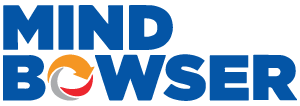The agile development process entails a significant shift from traditional methods of software development by taking an iterative and flexible approach to delivering a small and functional piece of software. This development approach focuses more on meeting customers’ needs, is highly adaptive to changes, and increases customer satisfaction.
A collaborative approach through a strong emphasis on communication, flexibility, and customer feedback can only be achieved through a high-performing team that is skilled to work together seamlessly and deliver quality in short timelines.
In this article, we will understand the important characteristics of a high-performing team that can help to produce valuable outcomes, ultimately leading to faster and more customer-centric software development.
Agile teams contributing to the project’s success possess key characteristics that help them thrive in the ever-evolving environment and are committed to delivering high-quality results.
Some of the key characteristics of high-performing agile teams are:
One of the most important characteristics of a high-performing agile team is communication as it allows team members and management to have an open discussion and is a good way to create a feedback loop. Teams can use various mediums such as emails, team meetings, and Slack for clear communication. It is important to build trust within the team so that everyone can voice their opinions as this promotes transparency in communication.
Managers should lay out the expectations and provide opportunities for the team members to ask questions without fear. Managers should also provide constructive feedback, help team members wherever possible, and be proactive in their approach to ensure that the team is performing well.
Team members should openly discuss challenges that they are facing without fear of being judged to avoid any problems and issues in later stages. Any changes or important updates related to the project should be automatically communicated to all the team members so that everyone is on the same page. Creating a feedback loop through frequent communication is necessary for high-performing teams.
To ensure smooth collaboration and efficient progress, appropriate roles must be assigned to each team member with the team. Additionally, the responsibilities associated with these roles should be clearly outlined. This ensures that each team member knows what is expected from them, helps to avoid any confusion, and promotes accountability.
For example, a product owner represents the customer’s interests, the scrum master facilitates the team, and team members possess the technical skills required for the project. This clarity in roles and responsibilities gives a sense of ownership as each team member understands their contribution to the overall project. At the same time, this approach avoids any overlap between tasks and helps team members to contribute productively. Transparent and regular communication between these defined roles helps to maintain a shared interest and understanding of objectives and tasks.
The ability to adapt to changes and make necessary arrangements or plans in place to respond to these changes effectively is an important characteristic of an agile team. They embrace change as a normal part of the process and remain flexible throughout a project.
For instance, if a customer decides that they need a new feature or if priorities shift, agile teams can swiftly incorporate these changes without disrupting the overall progress. This adaptability is a key strength of agile methodologies, allowing teams to stay responsive to evolving needs.
A few examples of successful adaptation to changes in agile projects include modifying software features based on user feedback or adjusting project timelines to accommodate unforeseen issues.
The agile principle promotes working in iterations to deliver a fully functional product; any failure or issue encountered becomes an opportunity to assess the issue and make necessary improvements. Receiving continuous feedback and reflecting on existing processes and outcomes, provides the agile team to identify areas of improvement.
Team members actively participate in discussions to share useful insights and propose changes to make their work more efficient and effective. The team’s commitment to continuous improvement ensures it can quickly adapt to the ever-evolving challenges, learn from experience, and consistently refine its approach. This approach of learning and refining, where the team is dedicated to making small decisions, allows them to make incremental advancements that ultimately help to achieve better outcomes and deliver more value.
A high-performing agile team makes the customers’ needs the priority and ensures that they align their workflow to meet these needs and increase customer satisfaction. By actively involving the customers in the development process, the agile team can understand and prioritize the customer needs. They can regularly seek feedback from the customers rather than waiting till the end of the project.
By incorporating customer feedback, agile teams can ensure that they can quickly adjust their approach based on the customer’s preferences. This approach helps to ensure that the final delivered product aligns with the customer’s demands. Customer focus agile enables teams to adapt to the needs and increases customer satisfaction.
To ensure the team meets the project deadlines and delivers the product with each iteration or sprint, agile teams must use effective time management techniques. These techniques also help to increase productivity and project efficiency.
By dividing the project into smaller and manageable sprints, teams can focus on delivering specific features or goals in the set timeframe. To keep track of progress the team can be engaged in regular team meetings to discuss challenges, provide updates, share suggestions for improvements, and plan their daily tasks.
Having a diverse and inclusive team helps to nurture a positive growth outlook and culture. The team helps to bring innovative ideas and perspectives that foster a collaborative and innovative environment that drives success. Diversity and inclusion help the team to unlock their full potential which leads to better problem-solving and enhances creativity.
Diverse team members with different backgrounds, experiences, and skills can positively recognize and appreciate their differences and as a team be capable of approaching challenges from various angles to provide innovative solutions. Inclusive environments encourage a sense of belonging for all team members, ensuring that everyone’s voice is heard and respected. This diversity can also enhance adaptability, as individuals bring unique strengths to the team.
Strong leadership support is necessary for guiding the team to reach the commonly shared goals and objectives. Leaders help to set the expectations clearly and offer guidance and resources to ensure the team’s success. Additionally, strong leadership motivates the team to excel in their respective role. They also provide the right direction when encountering issues and when necessary remove obstacles, allowing the team to work efficiently.
Strong leadership encourages a positive work environment and encourages open communication. Leaders empower team members, trusting them to make decisions and take ownership of their tasks. This support extends to providing the right tools, training, and resources to enable the team to deliver high-quality work.
Agile teams often use performance metrics to evaluate how well the team is doing. Defining Key performance indicators (KPIs) specific to various roles within the team helps to track the progress and success of the project. These metrics can be qualitative focusing on the quality of work and collaboration, and quantitative, measuring things like speed and efficiency.
Striking the right balance between the qualitative and quantitative metrics is important to get an overall view of the team’s performance. Qualitative metrics might include customer satisfaction and teamwork, while quantitative metrics could involve completion time and productivity. Agile teams can use the combination of these two metrics to assess the strengths, address the weaknesses, and continuously improve their performance throughout the project.

To build high-performing Agile teams, focus on essential characteristics like effective communication, collaboration, and adaptability. Encourage teams to regularly assess and improve their practices by promoting a culture of continuous feedback and learning. Prioritize open communication channels within the team and with stakeholders. Emphasize the importance of delivering working solutions, valuing individual contributions, and being responsive to change.
Mindbowser, a strong advocate and pioneer in adopting the agile development process has helped many organizations to achieve success and business growth. We have helped organizations build high-performing by offering our expertise and assistance in helping these teams grow. We used the Agile development method to create Statup OS, a platform that supports early-stage startups in validating their ideas, building MVPs, and achieving product-market fit. We have supported the teams with the right tools and resources, creating an environment that promoted quick response to changes and prioritized delivering working solutions over rigid planning.
The four stages of a high-performing team are:
Forming: Team members come together and get to know each other. Roles and responsibilities are defined, and members start understanding the project goals.
Storming: During this stage, team members may experience conflicts as they share ideas and establish their positions. It’s a crucial phase for resolving differences and improving collaboration.
Norming: The team begins to settle into a more cohesive and collaborative rhythm. They establish common practices, communication improves, and a sense of unity emerges.
Performing: In this stage, the team operates at its peak efficiency. Members work seamlessly together, leveraging their strengths to achieve project goals. Continuous improvement and innovation become key focuses.
Measure high-performing agile teams by evaluating their ability to deliver valuable working products regularly, their responsiveness to change, and their collaboration and communication effectiveness. Key indicators include consistent product delivery, adaptability to evolving requirements, and strong team cohesion.
The highest priority of an Agile team is to deliver valuable and working product increments to customers frequently. This involves continuous collaboration, adapting to change, and maintaining a focus on customer needs throughout the development process.
The four agile values are:

We worked with Mindbowser on a design sprint, and their team did an awesome job. They really helped us shape the look and feel of our web app and gave us a clean, thoughtful design that our build team could...


The team at Mindbowser was highly professional, patient, and collaborative throughout our engagement. They struck the right balance between offering guidance and taking direction, which made the development process smooth. Although our project wasn’t related to healthcare, we clearly benefited...

Founder, Texas Ranch Security

Mindbowser played a crucial role in helping us bring everything together into a unified, cohesive product. Their commitment to industry-standard coding practices made an enormous difference, allowing developers to seamlessly transition in and out of the project without any confusion....

CEO, MarketsAI

I'm thrilled to be partnering with Mindbowser on our journey with TravelRite. The collaboration has been exceptional, and I’m truly grateful for the dedication and expertise the team has brought to the development process. Their commitment to our mission is...
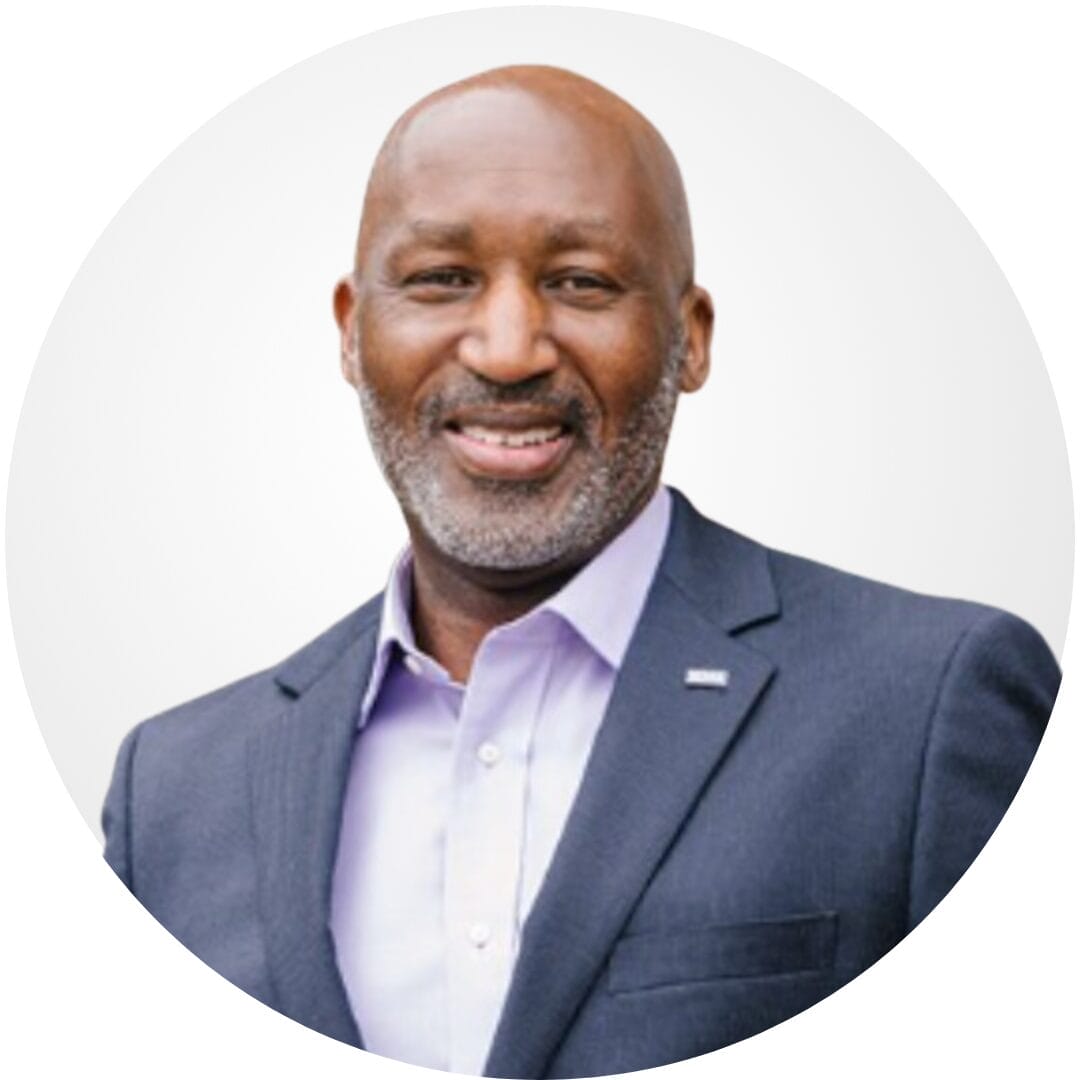
Founder & CEO, TravelRite

The Mindbowser team's professionalism consistently impressed me. Their commitment to quality shone through in every aspect of the project. They truly went the extra mile, ensuring they understood our needs perfectly and were always willing to invest the time to...

CTO, New Day Therapeutics

I collaborated with Mindbowser for several years on a complex SaaS platform project. They took over a partially completed project and successfully transformed it into a fully functional and robust platform. Throughout the entire process, the quality of their work...

President, E.B. Carlson

Mindbowser and team are professional, talented and very responsive. They got us through a challenging situation with our IOT product successfully. They will be our go to dev team going forward.

Founder, Cascada

Amazing team to work with. Very responsive and very skilled in both front and backend engineering. Looking forward to our next project together.

Co-Founder, Emerge

The team is great to work with. Very professional, on task, and efficient.

Founder, PeriopMD

I can not express enough how pleased we are with the whole team. From the first call and meeting, they took our vision and ran with it. Communication was easy and everyone was flexible to our schedule. I’m excited to...

Founder, Seeke

We had very close go live timeline and Mindbowser team got us live a month before.

CEO, BuyNow WorldWide

If you want a team of great developers, I recommend them for the next project.

Founder, Teach Reach

Mindbowser built both iOS and Android apps for Mindworks, that have stood the test of time. 5 years later they still function quite beautifully. Their team always met their objectives and I'm very happy with the end result. Thank you!

Founder, Mindworks

Mindbowser has delivered a much better quality product than our previous tech vendors. Our product is stable and passed Well Architected Framework Review from AWS.

CEO, PurpleAnt

I am happy to share that we got USD 10k in cloud credits courtesy of our friends at Mindbowser. Thank you Pravin and Ayush, this means a lot to us.

CTO, Shortlist

Mindbowser is one of the reasons that our app is successful. These guys have been a great team.

Founder & CEO, MangoMirror

Kudos for all your hard work and diligence on the Telehealth platform project. You made it possible.
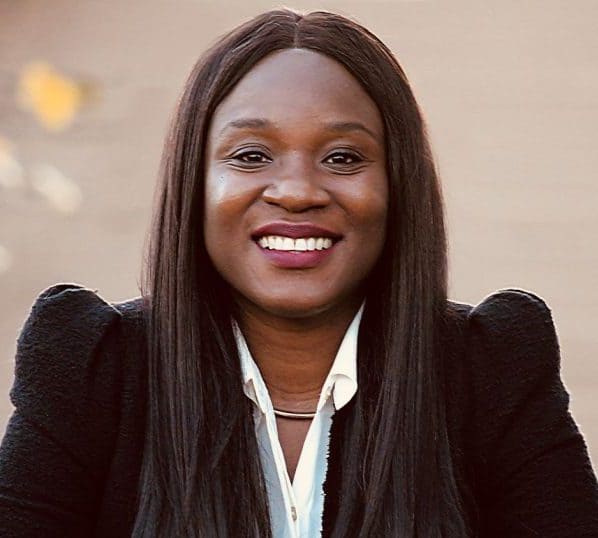
CEO, ThriveHealth

Mindbowser helped us build an awesome iOS app to bring balance to people’s lives.

CEO, SMILINGMIND

They were a very responsive team! Extremely easy to communicate and work with!

Founder & CEO, TotTech

We’ve had very little-to-no hiccups at all—it’s been a really pleasurable experience.

Co-Founder, TEAM8s

Mindbowser was very helpful with explaining the development process and started quickly on the project.

Executive Director of Product Development, Innovation Lab

The greatest benefit we got from Mindbowser is the expertise. Their team has developed apps in all different industries with all types of social proofs.
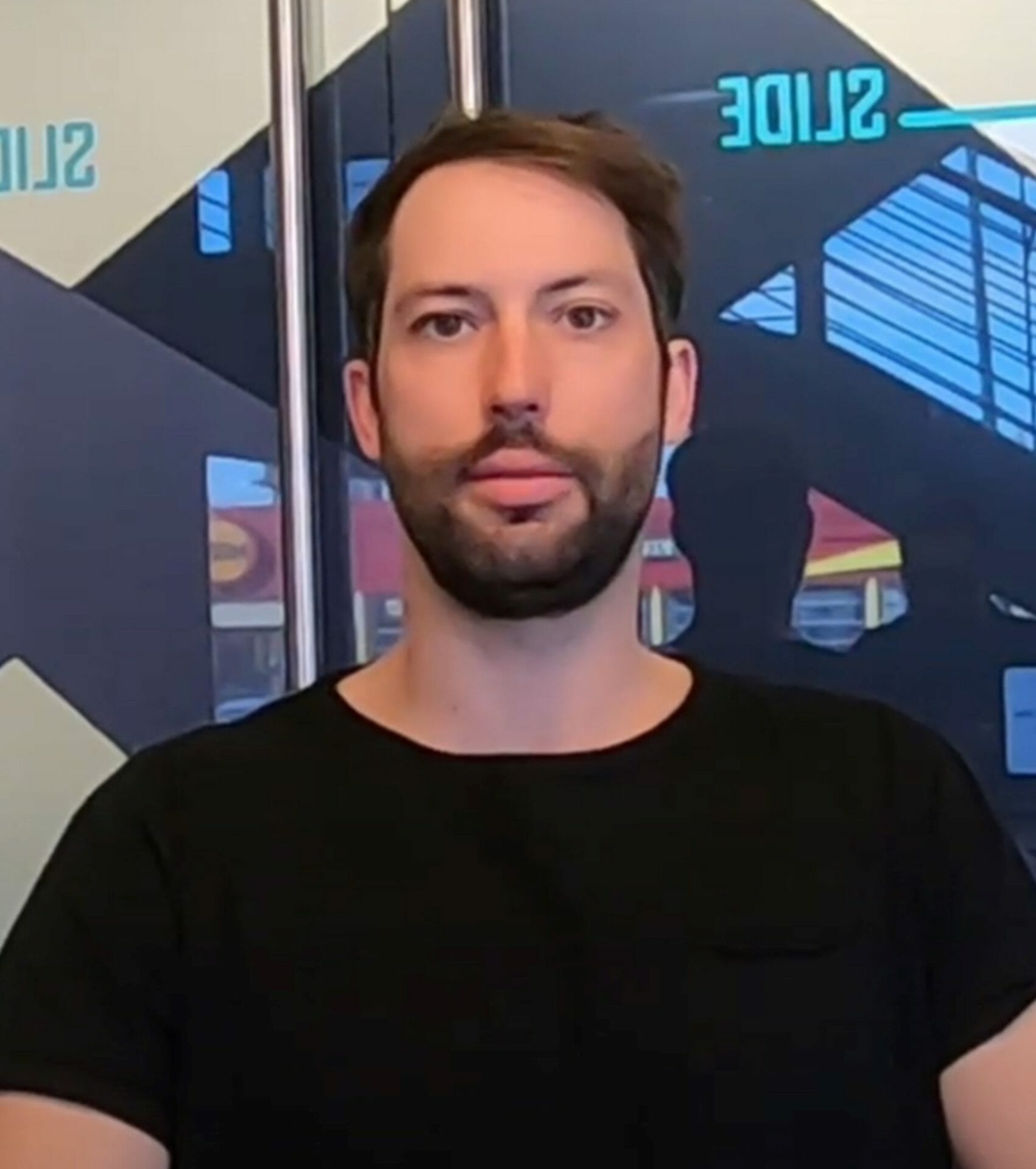
Co-Founder, Vesica

Mindbowser is professional, efficient and thorough.

Consultant, XPRIZE

Very committed, they create beautiful apps and are very benevolent. They have brilliant Ideas.
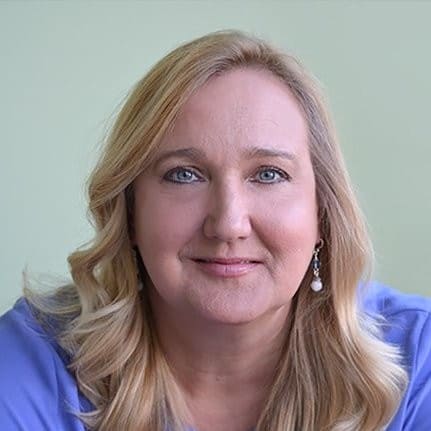
Founder, S.T.A.R.S of Wellness

Mindbowser was great; they listened to us a lot and helped us hone in on the actual idea of the app. They had put together fantastic wireframes for us.

Co-Founder, Flat Earth

Ayush was responsive and paired me with the best team member possible, to complete my complex vision and project. Could not be happier.

Founder, Child Life On Call

The team from Mindbowser stayed on task, asked the right questions, and completed the required tasks in a timely fashion! Strong work team!
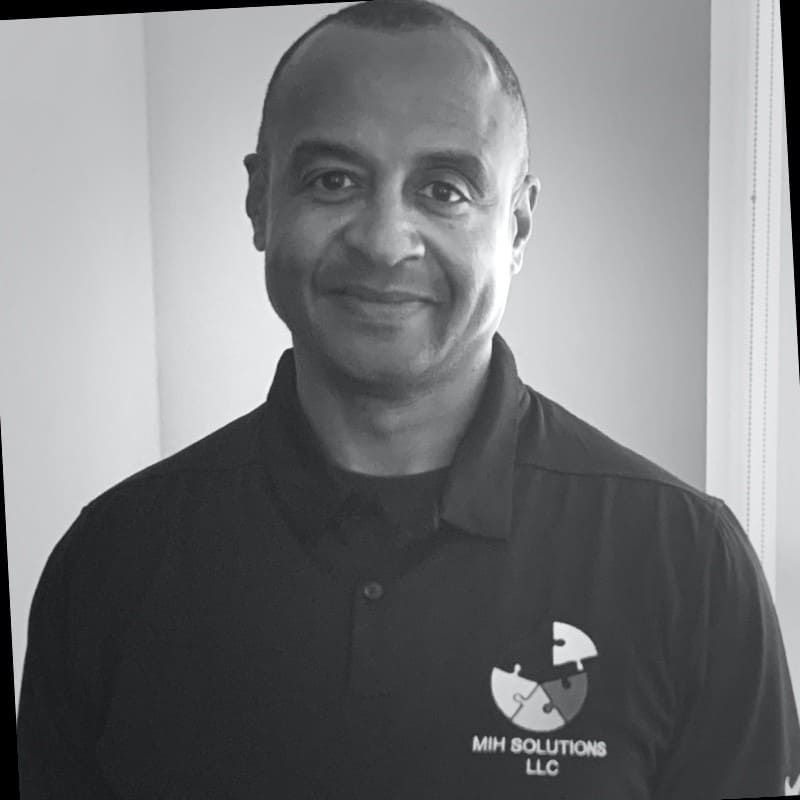
CEO, SDOH2Health LLC

Mindbowser was easy to work with and hit the ground running, immediately feeling like part of our team.

CEO, Stealth Startup

Mindbowser was an excellent partner in developing my fitness app. They were patient, attentive, & understood my business needs. The end product exceeded my expectations. Thrilled to share it globally.

Owner, Phalanx

Mindbowser's expertise in tech, process & mobile development made them our choice for our app. The team was dedicated to the process & delivered high-quality features on time. They also gave valuable industry advice. Highly recommend them for app development...

Co-Founder, Fox&Fork
